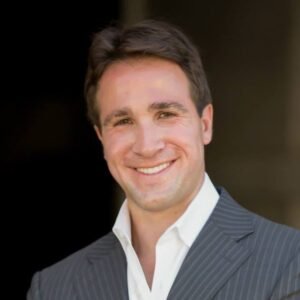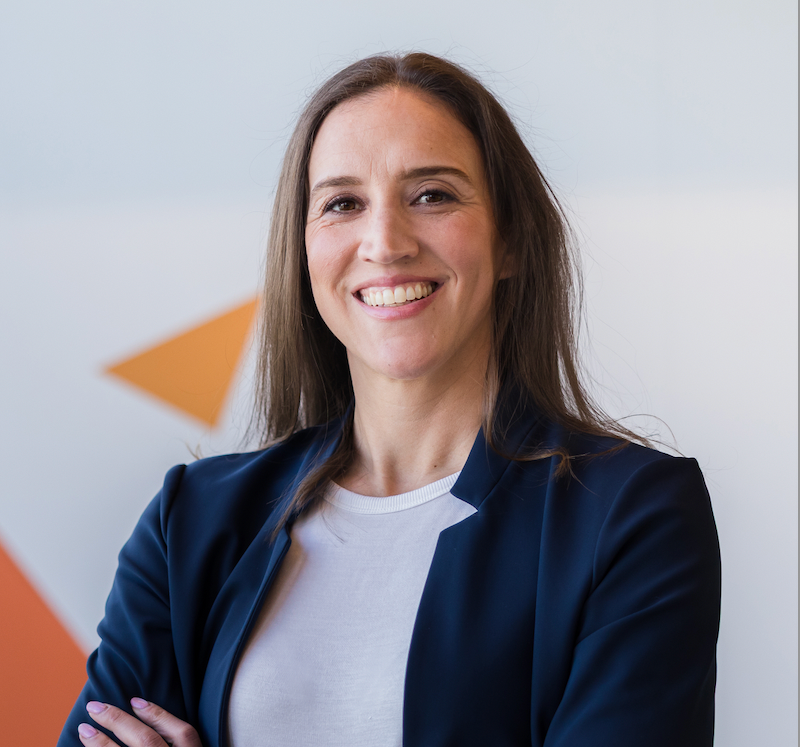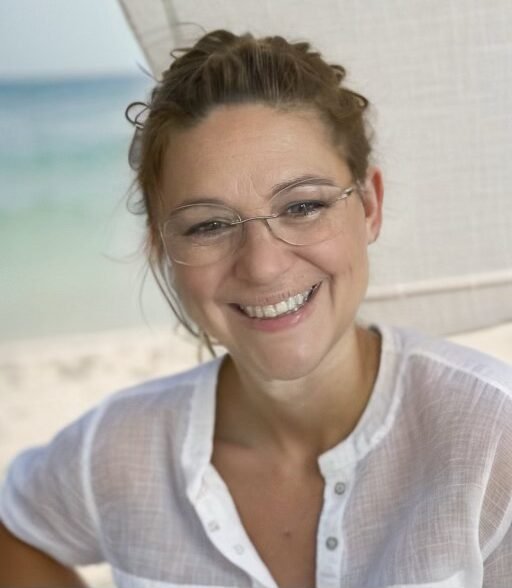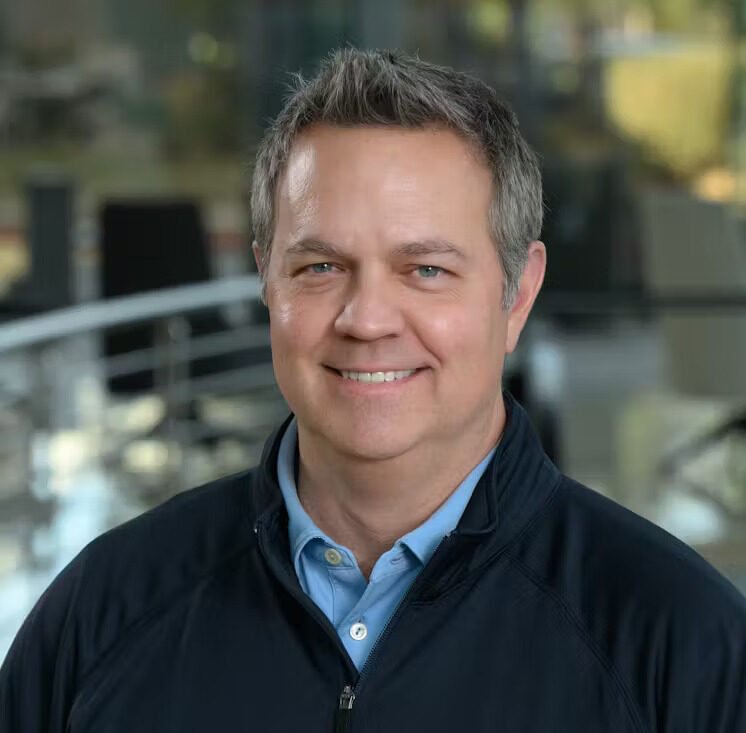
I recently went one on one with Jan Scruggs. Jan is a Purple Heart recipient, a PTSD survivor and expert, and the founder of the Vietnam Veterans Memorial.
Adam: Thanks again for taking the time to share your advice. First things first, though, I am sure readers would love to learn more about you. How did you get here? What experiences, failures, setbacks, or challenges have been most instrumental to your growth?
Jan: I was a C student throughout my life. My parents were unable to afford college so I volunteered for the draft. Ironically, it turned out my draft number was so high, I never would have been drafted had I not enlisted. I went to Vietnam in 1969 as a rifleman with the 199th Infantry Brigade where I served for one year.
On May 28, 1969, I was hit while firing my rifle on enemy troops. I took a bad hit from a rocket grenade and was wounded in my back, right arm, and both legs. I was bleeding out. I remember the burning pain of my wounds was intense and I could no longer fire or reload my weapon. As I said the Lord’s Prayer, I was angry that my life was going to end so soon on a jungle trail littered with blood and brass bullet casings.
What happened next was an out-of-body experience. I saw my body from above as I was lifted skyward, but I knew it was worth one more shot. “God, I prayed, get me out of this mess. I swear I will make it up to you”. Suddenly I heard a soldier calling my name and was soon on a helicopter. It took me three months to recover and unfortunately, it wasn’t my only brush with trauma during my time in Vietnam.
For me, at the young age of 19, my first injury was a Red Badge of Courage. I had entered manhood bleeding and fighting as an American soldier, and I was proud. I coveted my Purple Heart and expected to get back into combat. While I experienced some PTSD, this time, the flashbacks soon ended. Until something else happened.
Months later, on January 21, 1970, I was shaving at my mortar pit when an enormous explosion took place nearby. I grabbed a bandage and rushed to a burning truck with at least 100 more Mortar rounds ready to explode. But when I got there, I couldn’t believe my eyes. A dozen Americans were in a burning pile.
Troops ran to the scene with fire extinguishers. We were determined to save the wounded. None of us were afraid to die that morning. We did not care about anything except saving our friends. We were able to pull the troops out of danger, but every one of them died. My memory was tortured. Unlike being wounded in 1969, this PTSD would not go away.
After I returned home, I had a lot of psychological trauma from what I had seen in the war zone. A few years later, I started attending American University working on a Master’s Degree in Counseling. I became absorbed with the many Vietnam Veterans who were obviously suffering from a variety of issues. Divorces, substance abuse, and other problems they were having were significant. I knew something needed to be done.
My own independent research led to writing articles that appeared in The Washington Post. I later testified before Congress on PTSD in 1977, and this all eventually created the Vet Center Program. I still couldn’t shake my own PTSD and it became a driving force for me to create the Vietnam Veterans Memorial now known as The Wall to honor all those who had fought and fallen in Vietnam.
In 1979 I began the effort with $2500 while a GS-7 at the Department of Labor. Honestly, I had no idea of where to start, but jumped in head first with a Press Conference at the National Press Club in Washington D.C., announcing the planned Memorial engraved with names of the Fallen from the Vietnam War. There was even news coverage of my planned One-Million Dollar Memorial.
A few months later, a reporter from the Associated Press called me for an update. I told them the truth— I had raised $144. In a few hours my plan—or lack thereof— was the laughingstock of the country and I even became the brunt of the late-night comedians’ jokes. It was humbling, but it led to important progress when a graduate of West Point, John P Wheeler III called me.
John had served in Vietnam and understood the importance of a memorial. Together, we began to recruit other talented people who had graduated from the U.S. Military Academy. Soon we had a group of dedicated people who shared my determination. Some, like Jack, had also graduated from the Harvard Business School. I now had a team and I knew we would find a way to get a Wall of Names.
We decided the best location for the Memorial would be on The Mall with a historic link to the Lincoln Memorial. President Lincoln would one day be looking at the Vietnam Veterans Memorial. We knew we would need a lot of help but our plan was to “ Heal the Nation’s Wounds” just as President Lincoln asked the nation in his 1865 Second Inaugural Address.
The Wall, we believed, could become a place of healing for both the veterans and the Nation. We soon found out that this plan would have enormous obstacles requiring Congressional approval and the “OK” from a myriad of federal agencies. Our work was cut out for us. But we ultimately got it done, and on a timeline that would be unthinkable today.
Adam: What are the best leadership lessons you learned from your time serving in Vietnam? Adam: What do you believe are the defining qualities of an effective leader?
Jan: An effective leader needs a number of skills and assets including team-building skills to assemble the right people to carry out crucial missions. Leaders in a military environment need to show courage and commitment to the overall missions to which he/she is assigned to accomplish. These missions can be fatal. There is no substitute for leading by example in the military context, but it is applicable to civilian life.
Adam: How can leaders and aspiring leaders take their leadership skills to the next level?
Jan: There are plenty of courses on leadership in every community, some of which are well worth the time and money invested. I know a fellow who had just gone to learn Executive Leadership skills prior to taking the helm as CEO of a large Federal Agency. Some seemingly trivial topics such as where to sit in a room to best garner persuasive attention from others turned out to be very beneficial.
If you have the time and money try a seminar or a course with a dynamic leader. I also recommend voice coaching—yes this is a big deal. A soft voice that makes listeners strain will often create communication problems with your audience and/or employees. Also remember that universities like Wharton, Cornell, Harvard, and others have seminars teaching leadership and negotiation skills.
Adam: Who are the best leaders you have been around and what did you learn from them?
Jan: There are several people whose leadership made an impact on me. One is Christos Cotsakos, Founder of E-Trade. He is both inspiring and disarming in many ways. He was wounded in Vietnam where he was a paratrooper decorated for gallantry. He also grew up in a working-class family and was a visionary through creating E-Trade which allowed investors to buy stocks and bonds while at their computer.
In 2000 I took him and other Chief Executive Officers to Vietnam where we met with Vietnamese leaders in government, education, and business. Seeing a young Vietnamese kid who had been injured by a land mine convinced me I needed to begin removing explosive ordinance from Vietnam. When I shared my thoughts with Christo, he immediately said, “Jan, I will give you the money you requested”.
The 250K he donated allowed me to find experts and assemble a small staff in Vietnam where my team eventually brought casualties to nearly an end in the Quang Tri Province. His gift helped obtain funding from the State Department and other sources. Christos saved lives and showed the compassionate leadership of a humble man.
Another leader who has made a huge impression on me is General Barry McCaffrey. He’s an amazing man and also America’s most decorated military leader. I met him in 1993 at the Vietnam Veterans Memorial, and he helped me over the years with solid advice.
From time to time, I’ve asked him to lead meetings and he had a great process for maximizing the meeting time. He usually started with basic questions, “ What outcomes do you want to get out of this meeting? What kind of follow-up will we need?” Before meetings, he would bury himself in reading notes and would emerge with complete confidence that he could get the desired outcome.
He served with great heroism in Vietnam, even engaging enemy soldiers aggressively with a pistol and hand grenades. This type of dramatic courage shows that you must lead by example. In civilian life we don’t need this kind of courage, but we need to remember that those we lead need a solid example of fairness and hard work.
Another leader I admire is Chuck Hagel, who was a US Senator and Former Secretary of Defense. Chuck played a crucial role when the design of the Vietnam Veterans Memorial was under attack by people dedicated to stopping The Wall from being built. He took the interesting approach of telling them to leave his office. He would not be intimidated nor would he help stop the Maya Lin design from being built.
Chuck spoke at The Wall’s groundbreaking forty years ago in March 1982. I kept in touch with him and a decade later he told me that he had decided to be a US Senator from Nebraska. He was confident that he would win. He did win and served for 2 terms. He was so confident it was amazing! He is an example of how to show courage and commitment and to have a can-do spirit.
Adam: What is your best advice on building, leading, and managing teams?
Jan: A leader can bark out orders or he can inspire his team. Or we can look out for them and try to reward and mentor those under our command. The latter is going to be much more effective.
Adam: What are your three best tips applicable to entrepreneurs, executives, and civic leaders?
Jan: First of all, as President Teddy Roosevelt once said “Do what you can, with what you have, where you are.” Second, create a balanced approach to life. It can be easy for leaders to take on too much and we all need to balance health, career, and family. We only have so much energy and cannot say “yes” to every request for our time and talent. And last, connected to that, saying NO can be a great stress reliever and is sometimes the best response.
Adam: What is the single best piece of advice you have ever received?
“Do unto others as you would have them do unto you” is biblical advice, but regardless of your religion, it’s an important piece of advice to remember. When I was in combat in Vietnam, I saw people take great risks to save other Americans. We live in a great country which seems perpetually divided. So what else is new? Remember 1861? We were at war with ourselves North and South.
It is worth remembering what kind of people Americans are. We are good people and lucky enough to, after all, live in the Land of The Free.








